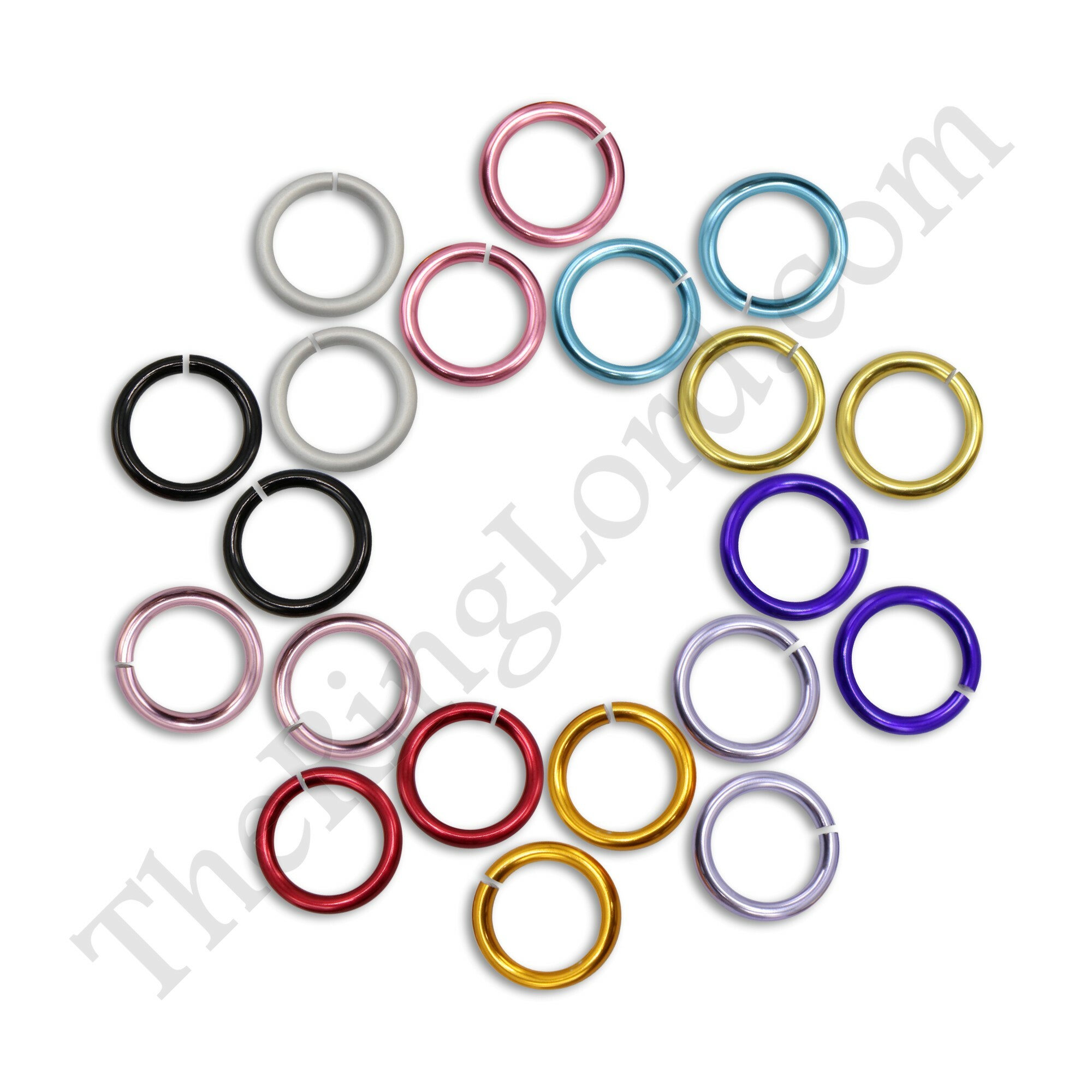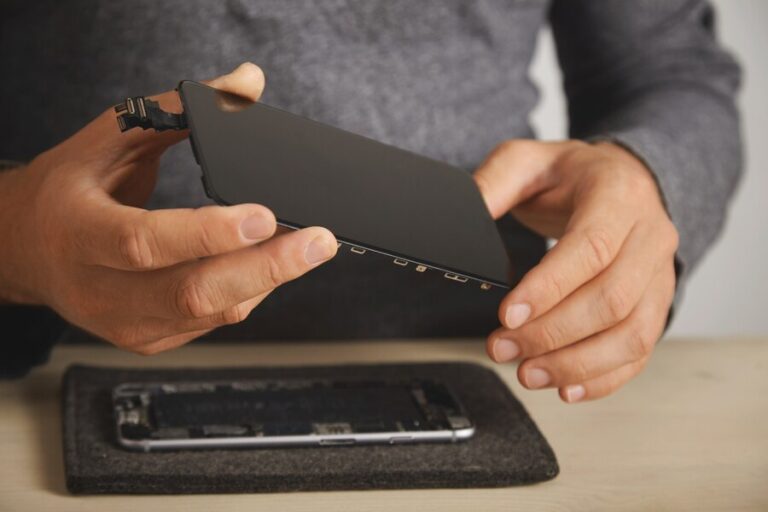Introduction:
Jump rings are versatile components commonly used in jewelry making to connect various elements together. While they may seem simple, jump rings come in a variety of sizes, shapes, and materials, each serving a specific purpose in jewelry design. Understanding the different types of jump rings and their uses is essential for creating well-crafted and durable jewelry pieces. In this article, we’ll explore the various types of jump rings commonly used in jewelry making, along with their specific characteristics and applications.
Traditional Jump Rings:
Traditional jump rings are the most common type and are typically made of metal, such as sterling silver, gold-filled, or base metal alloys like brass or copper. They are circular in shape with an opening that allows them to be attached to other components. Traditional jump rings come in various sizes and gauges, allowing for versatility in jewelry design.
Uses: Traditional jump rings are suitable for a wide range of jewelry-making applications, including connecting charms, pendants, and clasps to chains or bracelets. They are also used for adding dangles or embellishments to earrings and necklaces.
Split Rings:
Split rings are similar in appearance to traditional jump rings but have a coil-like structure that provides additional security. Unlike traditional jump rings, split rings have two coils that are tightly wound together, making them less likely to open accidentally. Split rings are commonly used in jewelry pieces where durability and strength are essential.
Uses: Split rings are ideal for attaching keys, charms, or other heavy components to keychains, bracelets, or necklaces. They provide a more secure connection compared to traditional jump rings, making them suitable for items that may undergo frequent handling or movement.
Soldered Jump Rings:
Soldered jump rings are traditional jump rings that have been fused closed using solder, a metal alloy with a low melting point. Soldering jump rings creates a permanent and seamless connection, eliminating the risk of them opening accidentally. Soldered jump rings are commonly used in fine jewelry pieces where a high level of craftsmanship and durability is desired.
Uses: Soldered jump rings are often used in the construction of chain necklaces and bracelets, where a secure connection is essential to prevent breakage. They are also suitable for attaching clasps, pendants, and other components to jewelry pieces.
Decorative Jump Rings:
Decorative jump rings come in a variety of shapes, sizes, and finishes, adding visual interest and embellishment to jewelry designs. They may feature intricate patterns, textures, or designs that enhance the overall aesthetic of the piece. Decorative jump rings are available in a range of materials, including metal, glass, and acrylic.
Uses: Decorative jump rings are primarily used for aesthetic purposes, such as adding accents or focal points to jewelry pieces. They can be incorporated into chainmaille designs, beaded jewelry, or wire-wrapped creations to create eye-catching patterns and textures.
Rubber or Silicone Jump Rings:
Rubber or silicone jump rings are non-metallic alternatives commonly used in jewelry making, particularly for creating lightweight and hypoallergenic designs. These jump rings are flexible, durable, and available in a variety of colors, making them suitable for creating fun and playful jewelry pieces.
Uses: Rubber or silicone jump rings are ideal for making stretch bracelets, anklets, or necklaces where flexibility and comfort are important. They can also be used as connectors or spacers in beaded jewelry designs, providing a soft and comfortable transition between beads.
Conclusion:
Jump rings are essential components in jewelry making, providing a versatile and practical solution for connecting various elements together. By understanding the different types of jump rings and their uses, jewelry makers can create well-crafted and durable pieces that meet their design needs and aesthetic preferences. Whether you’re using traditional jump rings for classic designs or exploring decorative options for more creative projects, incorporating the right type of jump rings can elevate your jewelry-making creations to new heights of craftsmanship and style.







